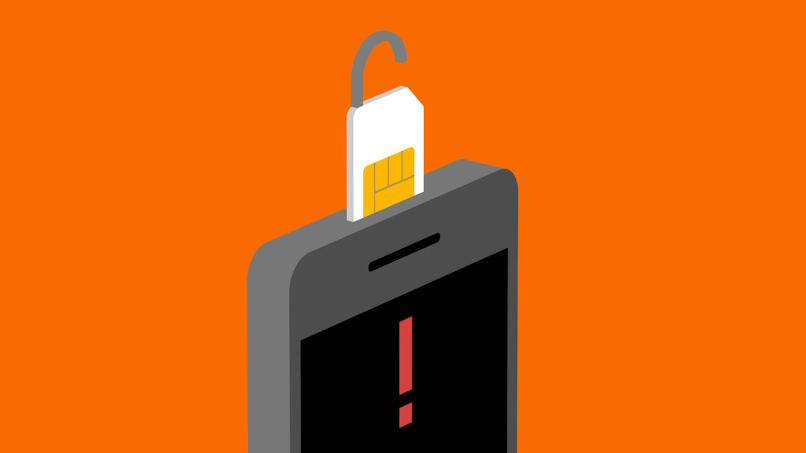In an increasingly digital world where the use of cryptocurrencies is becoming more prevalent, the threat of SIM-swapping attacks has emerged as a formidable challenge for individuals seeking to secure their digital assets. SIM-swapping, a malicious technique employed by cybercriminals, allows unauthorized access to personal information, including cryptocurrency holdings. As the value of digital currencies rises, so does the attractiveness of these assets to hackers, making it imperative for users to be well-versed in safeguarding measures.
Understanding SIM-Swapping Attacks
Cryptocurrency enthusiasts are increasingly finding themselves in the crosshairs of a stealthy adversary – the SIM-swapping attacker. To comprehend the gravity of this threat, let’s unravel the mechanics of SIM-swapping and the tactics employed by malicious actors.
Explanation of how SIM-swapping works:
SIM-swapping exploits a vulnerability in the mobile carrier’s security system. The attacker typically starts by gathering personal information about the target, such as their phone number, address, and other sensitive details, often obtained through social engineering or data breaches. Armed with this information, the attacker contacts the mobile carrier, impersonating the victim and claiming to have lost their phone or SIM card.

Common tactics employed by attackers:
Attackers employ a variety of tactics to execute successful SIM-swapping attacks. Social engineering is a prevalent method, where attackers manipulate individuals or customer support representatives into divulging sensitive information. Additionally, phishing attacks targeting cryptocurrency users may be used to gather details necessary for the SIM-swap. Once armed with enough information, the attacker can convincingly impersonate the victim to the mobile carrier.
Real-world examples of successful SIM-swapping attacks in the crypto space:
Numerous cryptocurrency users have fallen victim to SIM-swapping attacks, resulting in substantial financial losses. High-profile cases include the compromise of social media accounts connected to cryptocurrency wallets, leading to unauthorized access and theft. These incidents underscore the urgent need for heightened awareness and robust security measures within the crypto community to mitigate the risks posed by SIM-swapping attacks.
Best Practices for Safeguarding Against SIM-Swapping
As the specter of SIM-swapping looms over the cryptocurrency landscape, it becomes imperative for users to fortify their defenses. Here are essential best practices to guard against the insidious threat of SIM-swapping attacks:
Implementing two-factor authentication (2FA):
Two-factor authentication adds an additional layer of security by requiring users to verify their identity through a secondary method, such as a code sent to a trusted device. Utilizing 2FA significantly reduces the risk of unauthorized access, as even if an attacker gains control of a victim’s phone number, they would still need the secondary authentication factor to breach accounts.

Using hardware wallets for cryptocurrency storage:
Hardware wallets provide an extra layer of protection by keeping private keys offline. Unlike software wallets that may be vulnerable to SIM-swapping attacks, hardware wallets ensure that access to cryptocurrency funds remains secure even if a user’s phone number is compromised.
Educating users on recognizing and avoiding phishing attempts:
Awareness is a powerful defense. Users should be educated on identifying phishing attempts, particularly those crafted to gather sensitive information for SIM-swapping attacks. Vigilance in recognizing and avoiding suspicious emails, messages, or websites can prevent falling victim to these deceptive tactics.
Regularly updating security protocols and software:
Staying one step ahead of potential threats involves keeping security protocols and software up to date. Regularly updating operating systems, applications, and security software ensures that any vulnerabilities are promptly patched, reducing the risk of exploitation by sophisticated attackers. By remaining proactive, users can create a resilient defense against evolving security threats, including SIM-swapping attacks.










































